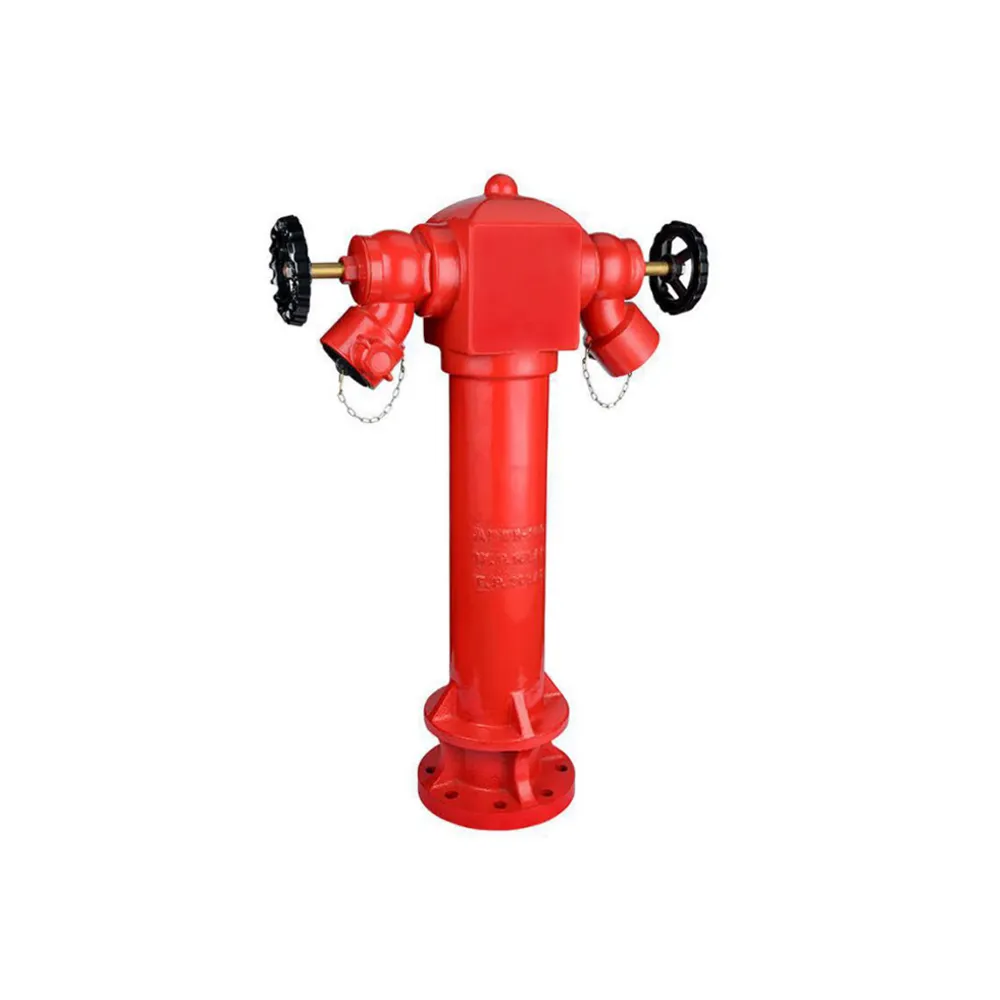The foam hydrant, an essential firefighting apparatus, is a specialized hydrant system designed to dispense foam concentrate along with water to create a fire suppression foam solution. This advanced technology has significantly enhanced the effectiveness of firefighters in battling flammable liquid fires and hazardous material incidents where traditional water-based extinguishing methods are insufficient or ineffective.
Understanding Foam Hydrants

A foam hydrant is essentially a stationary unit integrated into a fire protection system that can deliver premixed or proportioned foam-water solution directly to the point of application. It consists of a hydrant assembly, foam concentrate storage, and proportioning equipment. When activated, it blends water from the municipal water supply or a dedicated firewater system with the appropriate amount of foam concentrate to generate a foam blanket which suppresses and extinguishes fires by smothering flames, cooling fuel surfaces, and preventing re-ignition.
Operation of a Foam Hydrant System
The operation of a foam hydrant typically involves several key components:
1.Water Supply: Just like a regular hydrant, foam hydrants draw water from a high-pressure mainline. However, they have additional plumbing connections to accommodate the delivery of foam concentrate.
2.Foam Concentrate Storage: A separate tank stores the foam concentrate, which is usually an aqueous film-forming foam (AFFF) or a fluorine-free foam depending on environmental regulations and fire suppression needs.
3.Proportioning Equipment: A device called a proportioner or eductor accurately mixes the water and foam concentrate at a predetermined ratio. This ensures that the correct concentration of foam is generated for optimal fire suppression.
4.Delivery System: Once mixed, the foam solution travels through hoses to the nozzle where firefighters apply it directly onto the fire.
5.Activation and Control: Activation is often controlled through a valve mechanism that allows firefighters to switch between water-only flow and foam-water mixture as needed.
Importance and Applications
Foam hydrants play a critical role in industrial settings such as petrochemical plants, airports, refineries, and storage facilities where large quantities of flammable liquids are handled or stored. They are also used in areas with heightened risk of vehicle fires or wildfires involving combustible materials.
The use of foam hydrants provides several advantages:
Speed and Efficiency: Quick access to pre-mixed foam saves precious time in emergency situations.
Enhanced Fire Suppression: Foam’s ability to float on top of burning liquids creates a barrier that prevents oxygen from reaching the fuel source, effectively extinguishing the fire.
Reduced Water Damage: Since foam requires less water than conventional methods for the same level of firefighting efficiency, it helps minimize collateral damage due to water runoff.
Environmental Considerations: Some modern foam concentrates are environmentally friendly, breaking down into non-hazardous substances after use, thus reducing ecological impact.
Foam hydrants represent a significant advancement in firefighting technology, providing a targeted, efficient, and effective method for controlling and extinguishing fires involving flammable liquids. Their strategic deployment within high-risk areas serves as a testament to their vital role in enhancing public safety and protecting valuable assets from the devastating effects of fire.
